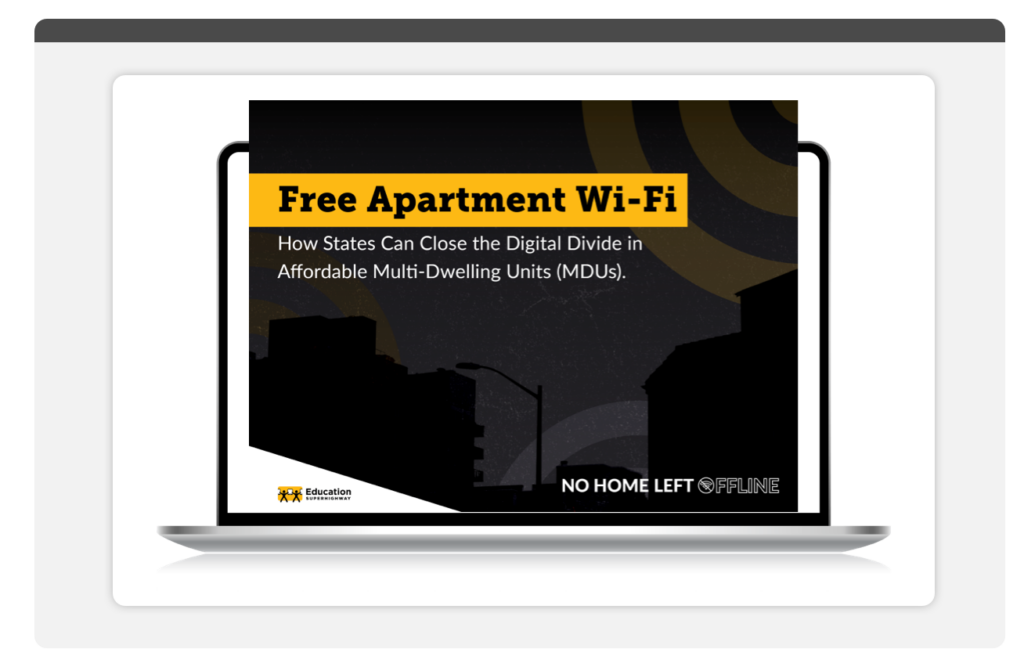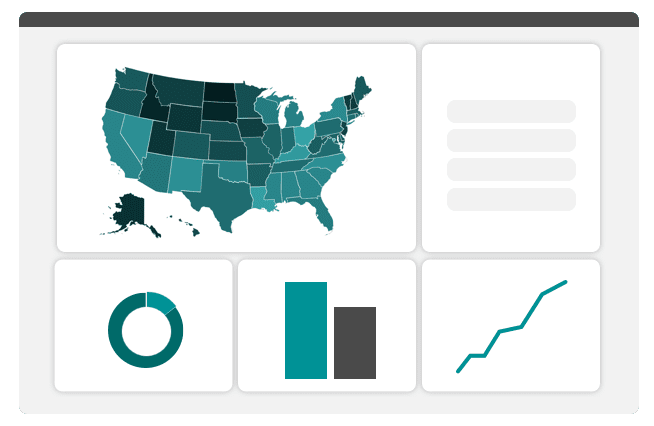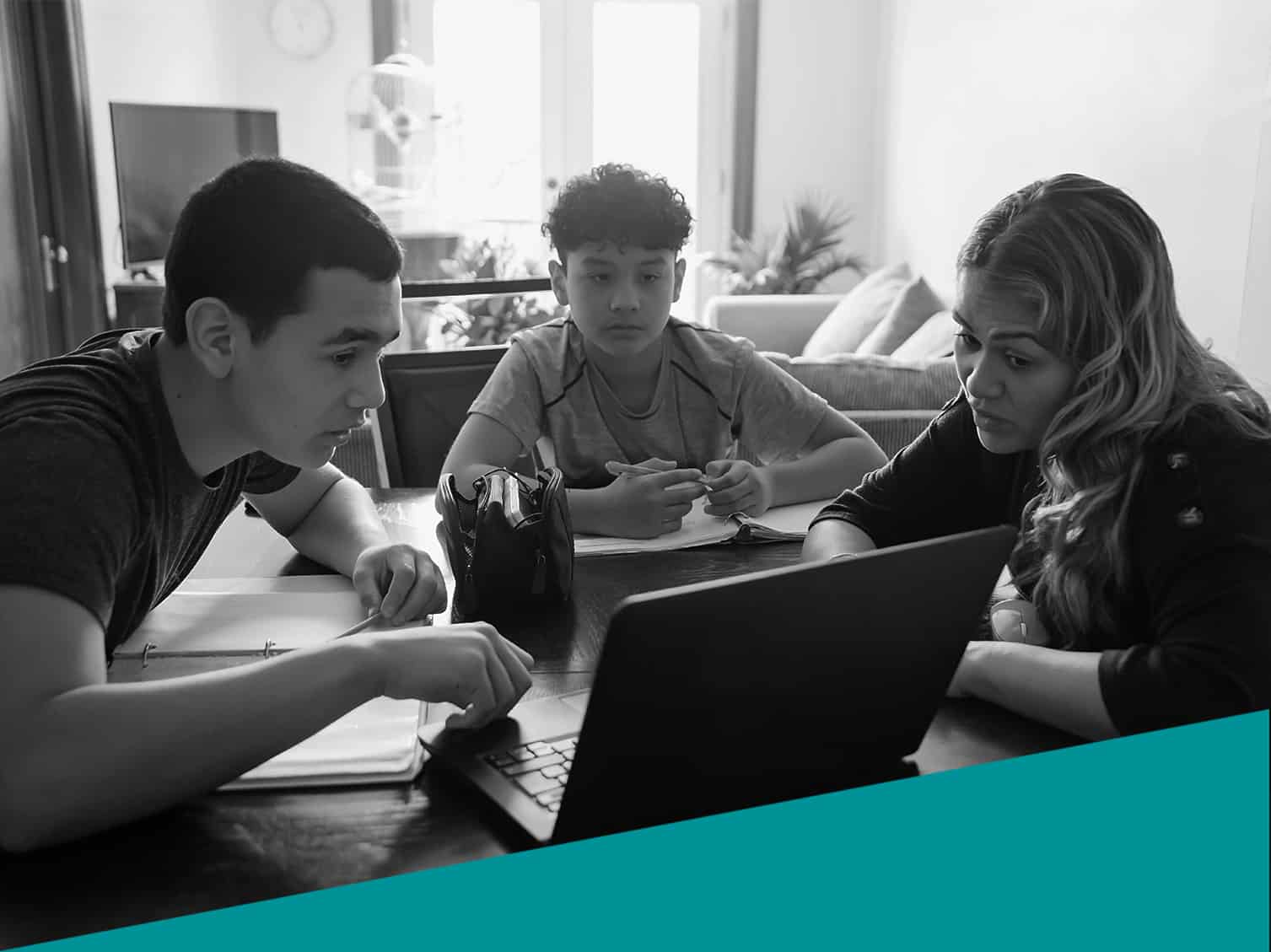As we scramble to flatten the curve of COVID-19, our communities have been completely flipped upside down. Cities across the nation are sheltering in place, thousands have transitioned to working from home, and nearly 125,000 schools have closed their doors — meaning 55 million students have been tasked with quickly adapting to distance learning in the final weeks of the school year. Schools across the nation are transitioning their curriculums online, but not every student can log on.
Home connectivity disparities (commonly known as the “homework gap”) aren’t anything new, but in a matter of weeks, the issue has completely transformed. It’s no longer just about students not being able to do their homework online — it’s about students not being able to do any home learning, and for who knows how long.
With nine million students in the U.S. lacking connectivity at home, they’re at risk of falling significantly behind during school closures. This could result in shocking achievement disparities — and we know that those who have been historically marginalized will bear the burden. There has never been a more critical time to take action to ensure all students have equitable access to the Internet at home.
With a set of circumstances none of us ever could have predicted, we need to meet this new challenge head on. Digital Bridge K-12 is EducationSuperHighway’s way of responding to this immediate crisis while also identifying strategies to help school districts and policymakers address the home access gap.
This initiative will work to increase connectivity outside the classroom by providing every public school district in America with a playbook to connect their students to high-speed Internet. Digital Bridge K-12 will offer guidance to school districts to efficiently collect data about which students lack home access, providing best practices for obtaining and managing devices, and helping them identify and engage with service providers who can offer home Internet access to their students.
Our country did what was previously thought of as impossible when we connected every public school classroom to broadband. While our living rooms, bedrooms, and kitchens serve as makeshift classrooms for the foreseeable future, we need to do everything in our power to connect those too. We may all be physically quarantined at home, but we can’t allow our kids’ minds to be quarantined as well.






